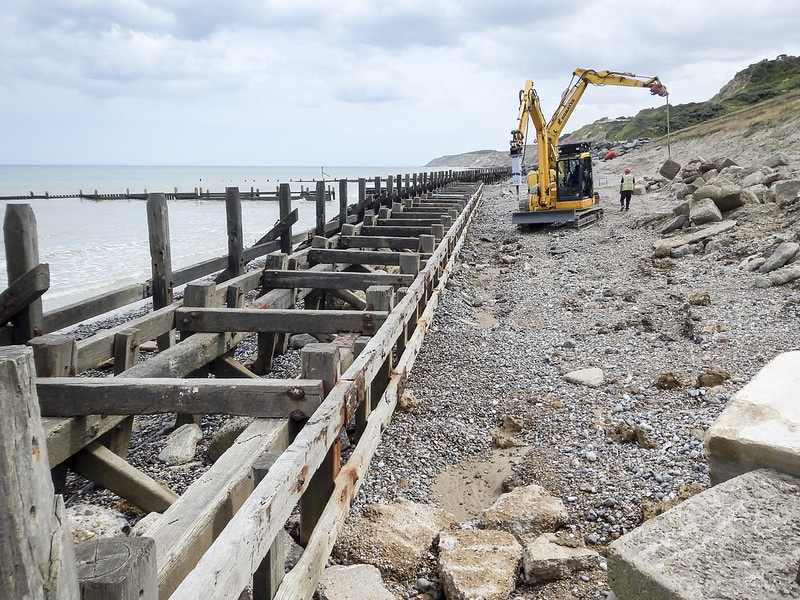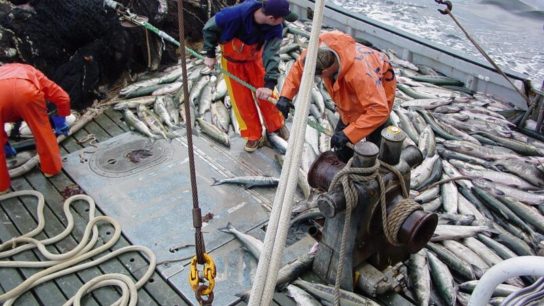The rise in global sea level is likely to be faster and greater than previously thought, according to new research that says that recent predictions are inconsistent with historical data. This will result in earlier flood risks to coastal economies that are already struggling to adapt.
—
What is Happening?
- In a paper published in the journal Ocean Science, climate researchers from the University of Copenhagen believe that sea levels could rise as much as 1.35m by 2100, under a worst-case warming scenario. Using historical data on sea level rise to validate various models used by the IPCC to make its assessment, they found a discrepancy of about 25cm.
- The new observations show about a half-meter of sea level rise by 2100 can now be expected with just a 0.5 degree Celsius rise in temperature. Oceans could rise more than 1 meter at 2 degrees Celsius, a trajectory that will be easily passed under current climate policies.
- In its most recent assessment, the IPCC said that the sea level was unlikely to rise beyond 1.1m by 2100.
- According to Bloomberg, the revised estimates impact two-fifths of the Earth’s population who live near coastlines. Besides potential loss of life, insured property could face trillions of dollars worth of damage from floods, superstorms and tidal surges.
You might also like: Global Ice Melt Matches Worst-Case Climate Models- Study
Climate change scientist and co-author of the study, Aslak Grinstad, says, “The models used to base predictions of sea level rise on presently are not sensitive enough. To put it plainly, they don’t hit the mark when we compare them to the rate of sea level rise we see when comparing future scenarios with observations going back in time.”
- Grinstad added that he hoped their testing method could be used to constrain models, make them more credible and reduce uncertainty. The paper has been sent to the IPCC sea level scientists.
- The predictions made by the IPCC are based on a “jigsaw puzzle” of models for ice sheets, glaciers and thermal expansion. The more the temperature rises, the higher the sea level will get. However, Grinstad says that only a limited amount of data was sometimes available to be tested on. There was practically no data on the melt-off rate for Antarctica before satellite observations in the 1990s. Grinsted found that while individual data, when tested backwards in time, from 1850 to 2017, reflected actual sea level rise, when the data was combined the predictions were too conservative.Grinstad says, “It means our carbon budget is even more depleted.”
- Economies need to slash an additional 200 billion metric tons of carbon- equivalent to about five years of global emissions- to remain within the thresholds set by previous forecasts.
- This follows last month’s warning that rising temperatures have melted 28 trillion metric tons of ice, making the worst-case climate scenarios more likely. The new methodology for tracking sea level change could help insurance companies, real estate developers and city planners erecting tidal-defense systems.
Featured image by: Flickr

















